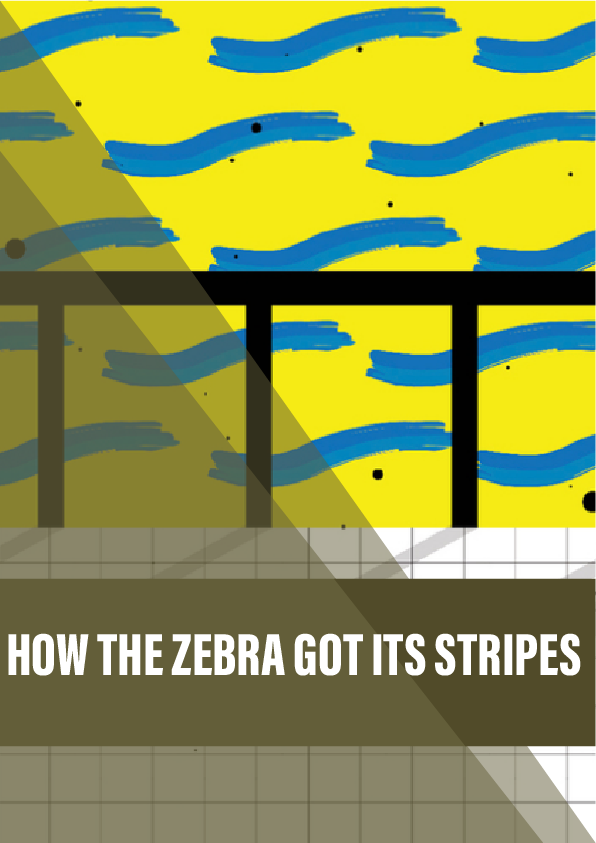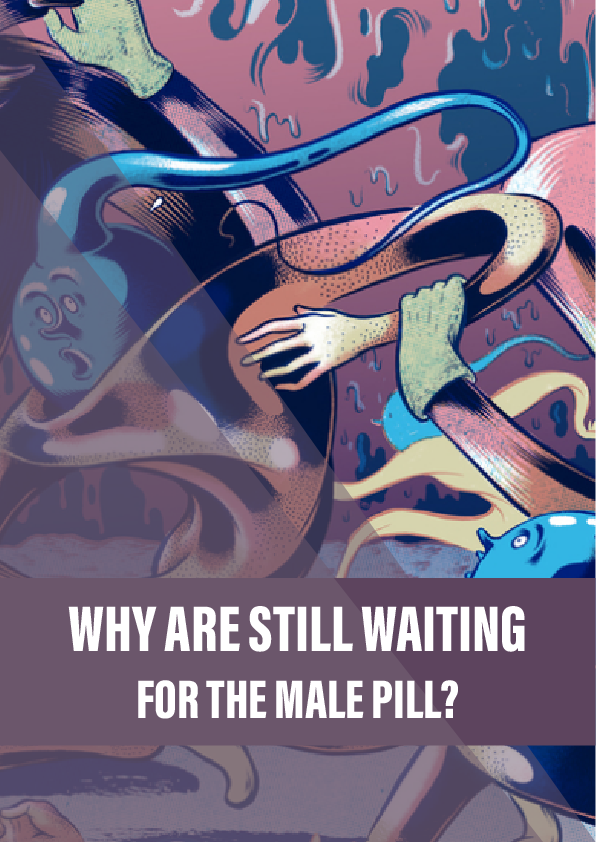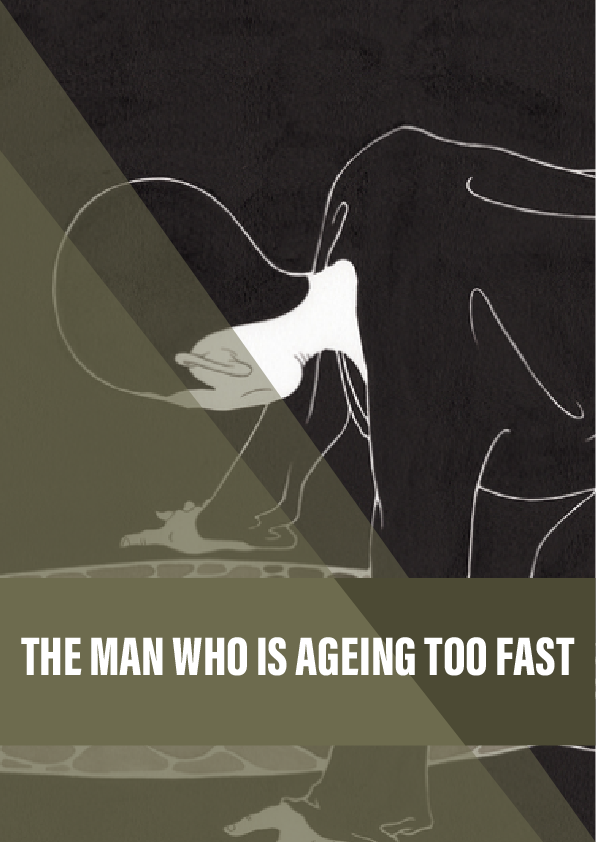Where do a zebra’s stripes, a leopard’s spots and our fingers come from? The key was found years ago – by the man who cracked the Enigma code, writes Kat Arney.
In 1952 a mathematician published a set of equations that tried to explain the patterns we see in nature, from the dappled stripes adorning the back of a zebra to the whorled leaves on a plant stem, or even the complex tucking and folding that turns a ball of cells into an organism. His name was Alan Turing.
More famous for cracking the wartime Enigma code and his contributions to mathematics, computer science and artificial intelligence, it may come as a surprise that Turing harboured such an interest. In fact, it was an extension of his fascination with the workings of the mind and the underlying nature of life.
The secret glory of Turing’s wartime success had faded by the 1950s, and he was holed up in the grimly industrial confines of the University of Manchester. In theory he was there to develop programs for one of the world’s first electronic computers – a motley collection of valves, wires and tubes – but he found himself increasingly side-lined by greasy-fingered engineers who were more focused on nuts and bolts than numbers. This disconnection was probably intentional on Turing’s part, rather than deliberate exclusion on theirs, as his attention was drifting away from computing towards bigger questions about life.
It was a good time to be excited about biology. Researchers around the world were busy getting to grips with the nature of genes, and James Watson and Francis Crick would soon reveal the structure of DNA in 1953. There was also a growing interest in cybernetics – the idea of living beings as biological computers that could be deconstructed, hacked and rebuilt. Turing was quickly adopted into a gang of pioneering scientists and mathematicians known as the Ratio Club, where his ideas about artificial intelligence and machine learning were welcomed and encouraged.
Reference:
- Alan Turing’s original 1952 paper ‘The chemical basis of morphogenesis’ [PDF], outlining his ideas and the equations supporting them.
- James Sharpe and Maria Ros’s 2012 paper, showing that a Turing pattern is at work in the mouse limb.
- The 2014 follow-up, revealing the molecules involved in the limb-patterning Turing system.
- The definitive biography of Alan Turing, by Andrew Hodges.
- A simple explanation of how Turing patterns work in biological systems, from Kele Cable.
- Chemistry World looks back on the history of Turing patterns in physical and biological systems.











